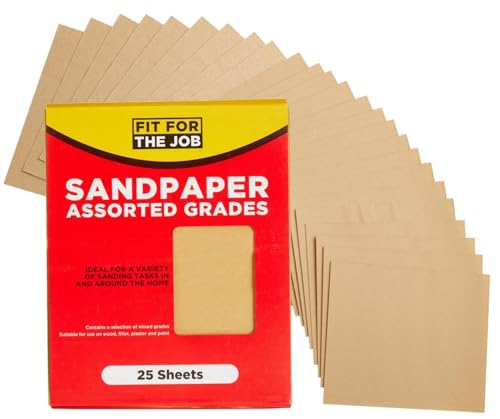How Long Does Sandpaper Last?
Sandpaper is a versatile tool that is used in various woodworking and DIY projects. It is most commonly used for smoothing surfaces and removing unwanted materials, but how long does sandpaper actually last? The lifespan of sandpaper depends on several factors, including the type of sandpaper, the project it is used for, and how it is cared for. In this article, we will explore these factors and give you an idea of how long you can expect your sandpaper to last.
The Type of Sandpaper
There are different types of sandpaper available, and each has its own lifespan. The most commonly used types are aluminum oxide, garnet, silicon carbide, and synthetic abrasives. Aluminum oxide is the most durable and long-lasting, and it is often used for heavy-duty sanding. Garnet is less durable but offers a finer finish, making it suitable for woodworking projects. Silicon carbide is commonly used for wet sanding and is also long-lasting. Synthetic abrasives, such as ceramic and zirconia alumina, are the most durable options and are excellent for heavy-duty sanding. Depending on the type of sandpaper you choose, you can expect varying lifespans.
The Project
The lifespan of sandpaper also depends on the project it is used for. Light sanding tasks, such as preparing surfaces for painting or removing light coatings, will generally result in less wear on the sandpaper compared to heavy-duty tasks, such as sanding hardwood or metal. The surface being sanded also plays a role in the lifespan of the sandpaper. Softer materials tend to wear out sandpaper faster than harder materials. It is important to choose the right grit for the task to ensure maximum efficiency and longevity of your sandpaper.
Caring for Sandpaper
Proper care and maintenance of sandpaper can help prolong its lifespan. After each sanding session, it is important to remove any dust or debris from the sandpaper. This can be easily done by using a brush or tapping the sandpaper against a hard surface. If the sandpaper becomes clogged with debris, it will become less effective and may need to be replaced sooner. Additionally, storing sandpaper in a cool, dry place can help prevent it from becoming brittle or warped. Taking these simple steps can make a significant difference in the lifespan of your sandpaper.
Signs of Worn-out Sandpaper
Even with proper care, sandpaper will eventually wear out and become less effective. Signs of worn-out sandpaper include a loss of grit, uneven wear, or tears and fraying along the edges. When you notice these signs, it is time to replace the sandpaper. Continuing to use worn-out sandpaper can result in less efficient sanding and may even damage the surface you are working on. By regularly inspecting your sandpaper and replacing it when necessary, you can ensure optimal results in your woodworking and DIY projects.






